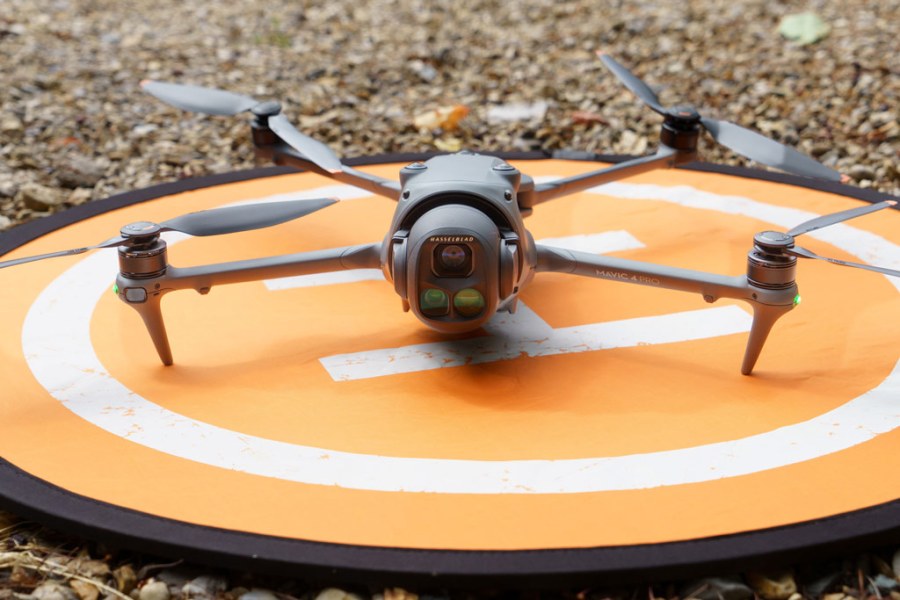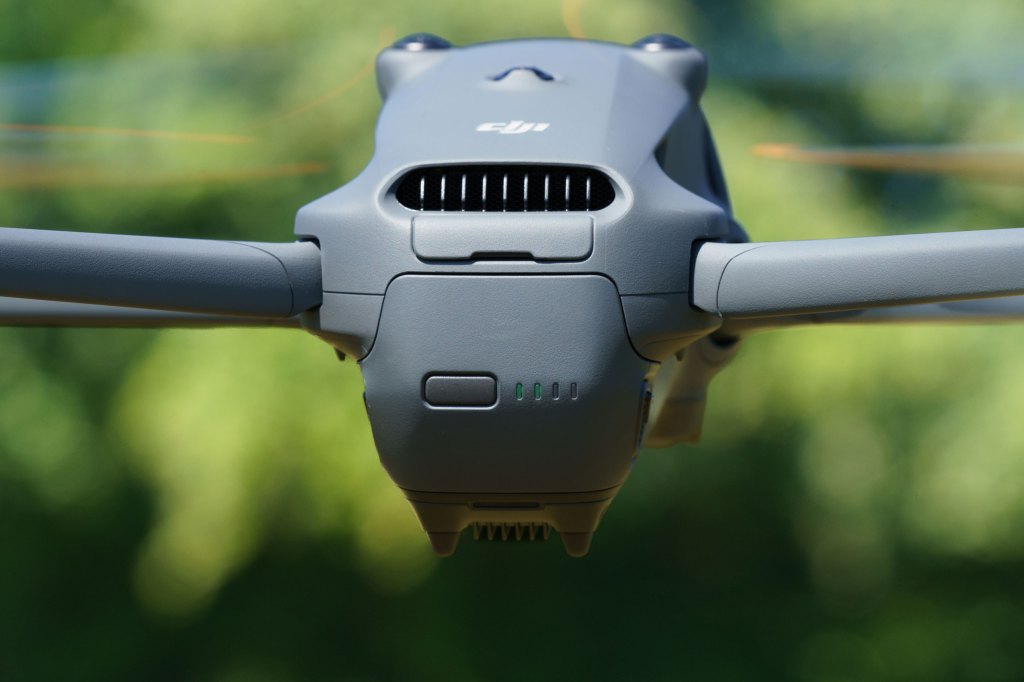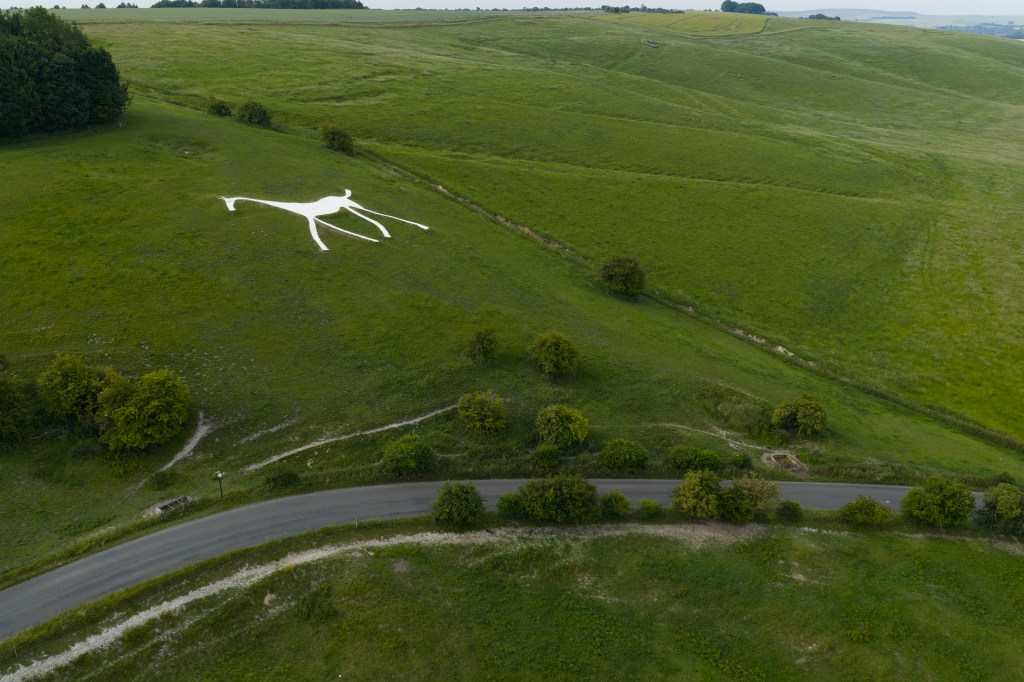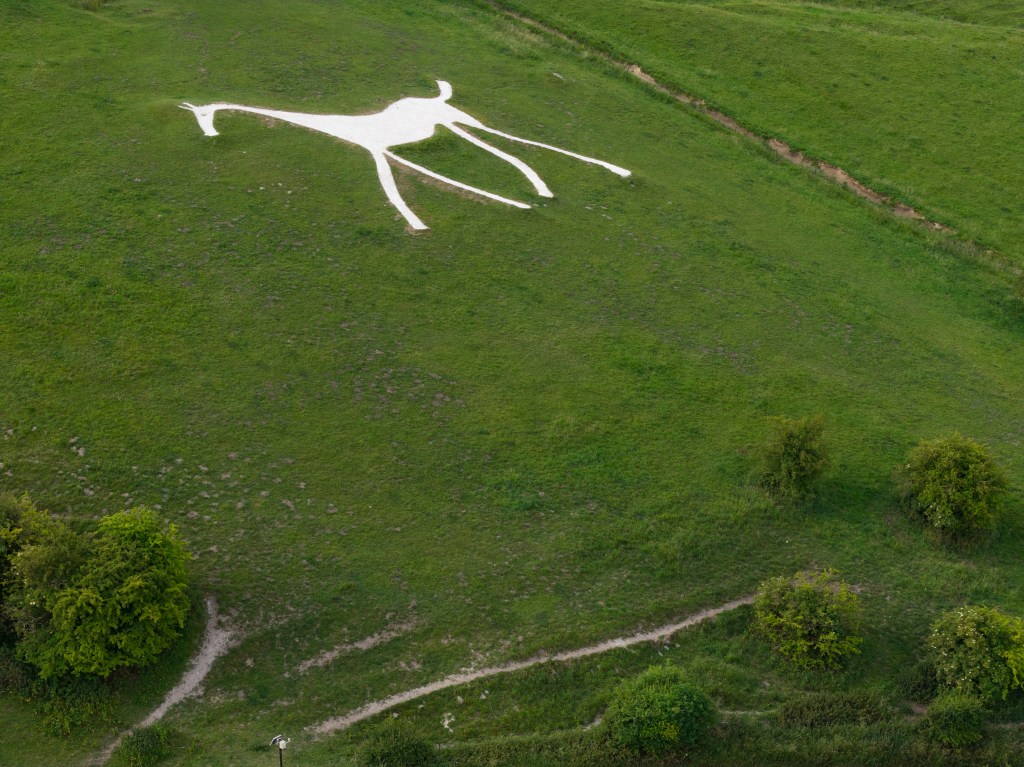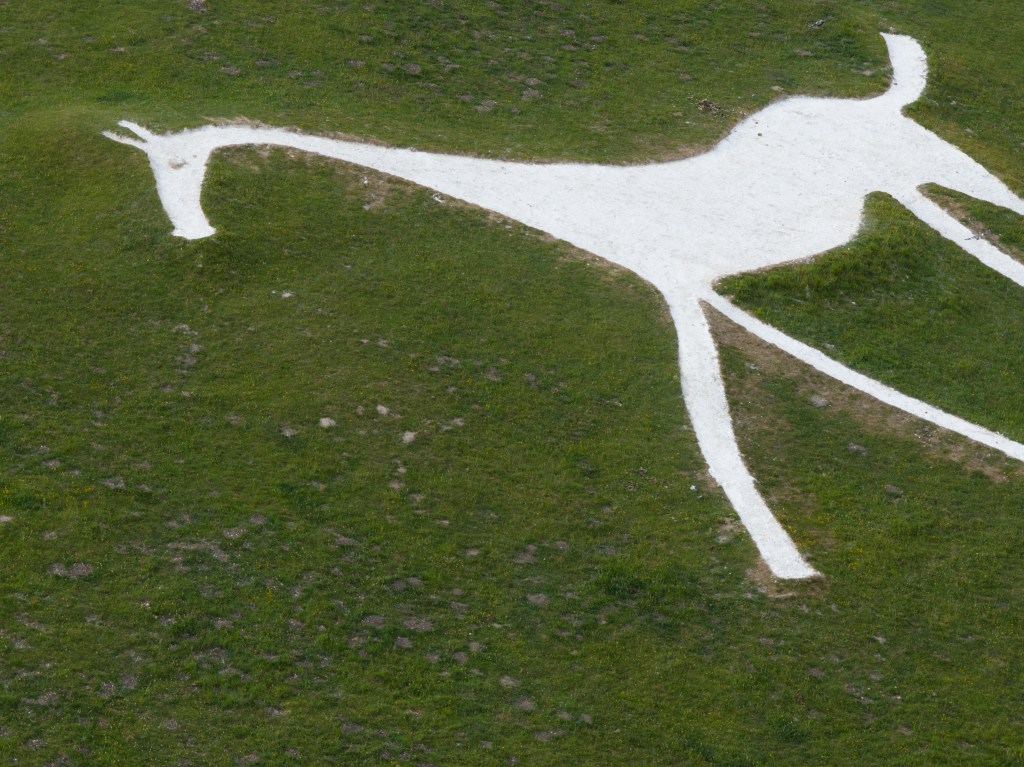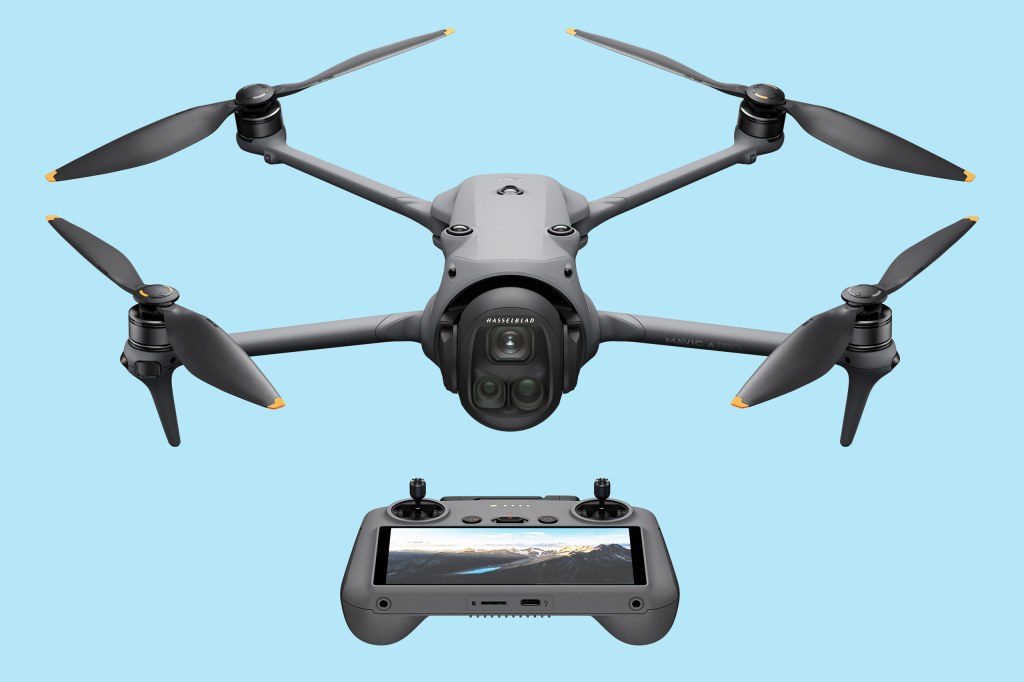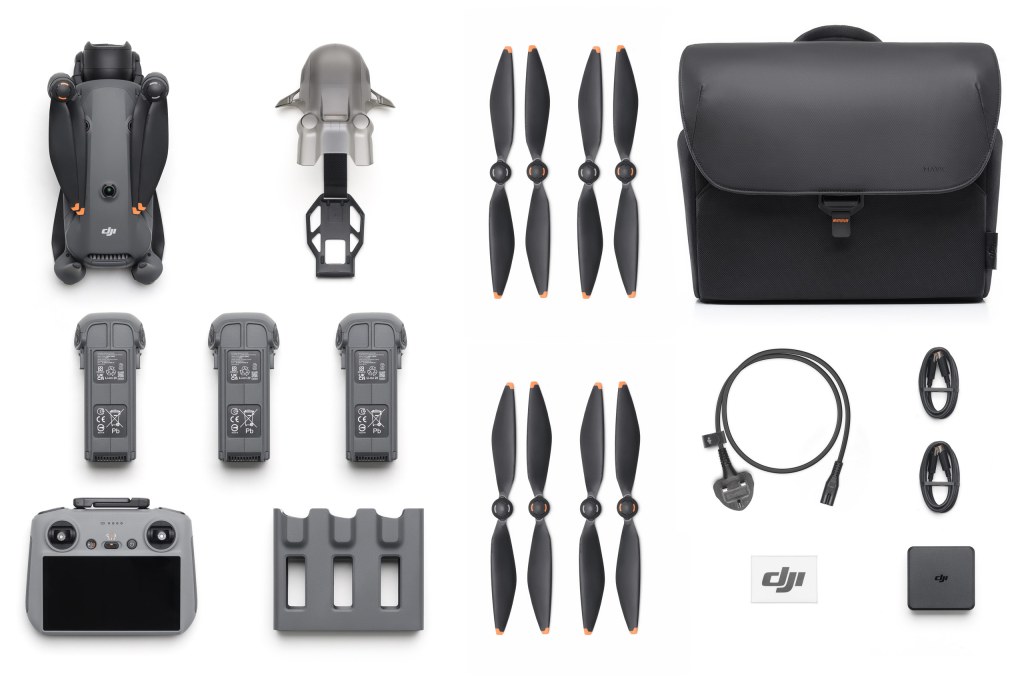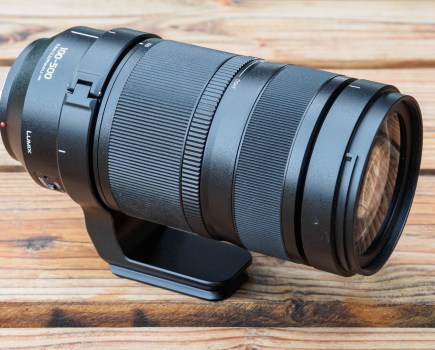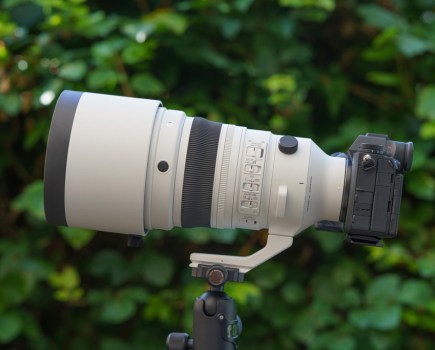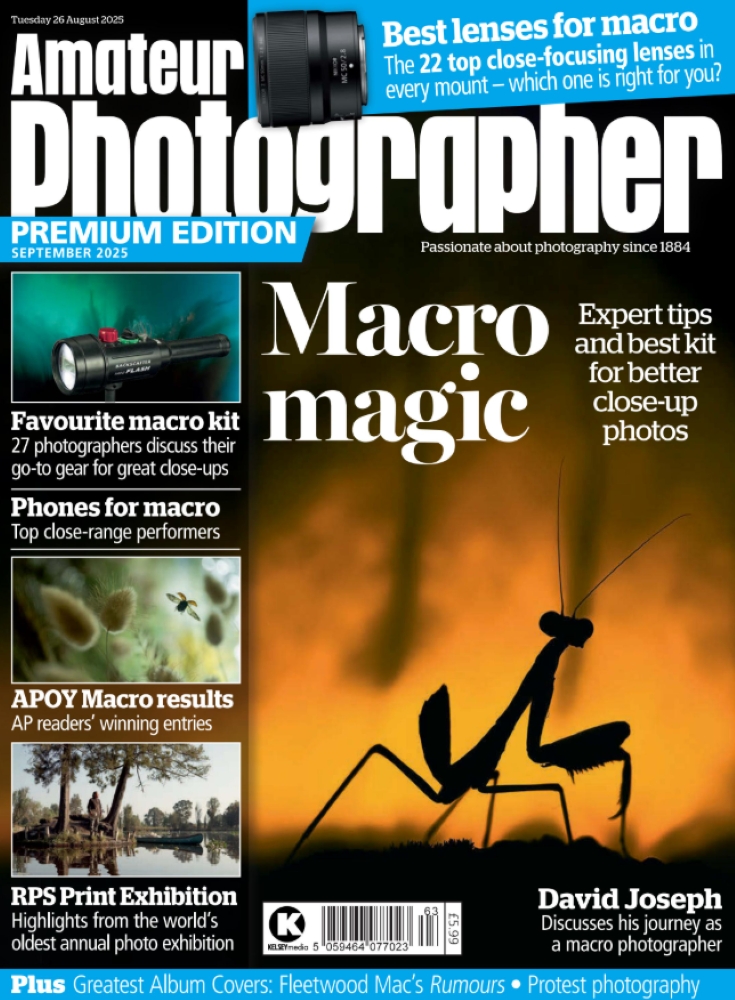Amateur Photographer verdict
A major update over it’s predecessor, the Mavic 4 Pro is stable fast and easy to fly while capturing great quality footage.- 100MP Hasselblad main camera
- Unique 360° rotating gimbal
- Up to 51 minutes of flight time
- Pricey Creator Combo
- No ND filters included in the kits
- Regulatory limitations for drones over 250g
DJI Mavic 4 Pro at a glance:
- $2699 / £1780 (Basic kit)
- $3549 / £2549 (Fly More Combo)
- $4649 / £3209 (Creator Combo)
- Drone with three integrated cameras
- 100MP Hasselblad main camera
- Max video resolution 6K (6016×3384) at 24/25/30/48/50/60fps
- 1063g take-off weight
- 257.6×124.8×106.6 mm (L×W×H) when folded
While the previous Mavic 3 Pro’s specification list was impressive at the time of launch and easily made it to our list of the best drones with cameras, the DJI Mavic 4 Pro takes things to a whole new level. It retains the familiar folding design and triple-camera layout, but almost everything else has been overhauled. This includes its headline features: a 100MP Hasselblad sensor and a 360° rotating gimbal that opens up new avenues for framing and filming.

However, before getting swept up in the excitement of the specifications, it’s worth noting that the Mavic 4 Pro weighs 1063g, meaning it’s subject to greater regulation than sub-250g drones like the DJI Mini 4 Pro. In the UK, you’ll need to hold an A2 Certificate of Competency to fly it within 150m of areas used for recreational, residential, industrial or commercial purposes.
So why choose the Mavic 4 Pro over a sub-250g drone? The extra weight affords a more robust, stable platform that can cope with windier conditions, faster flying, a far more advanced camera system and a larger battery for longer flights.
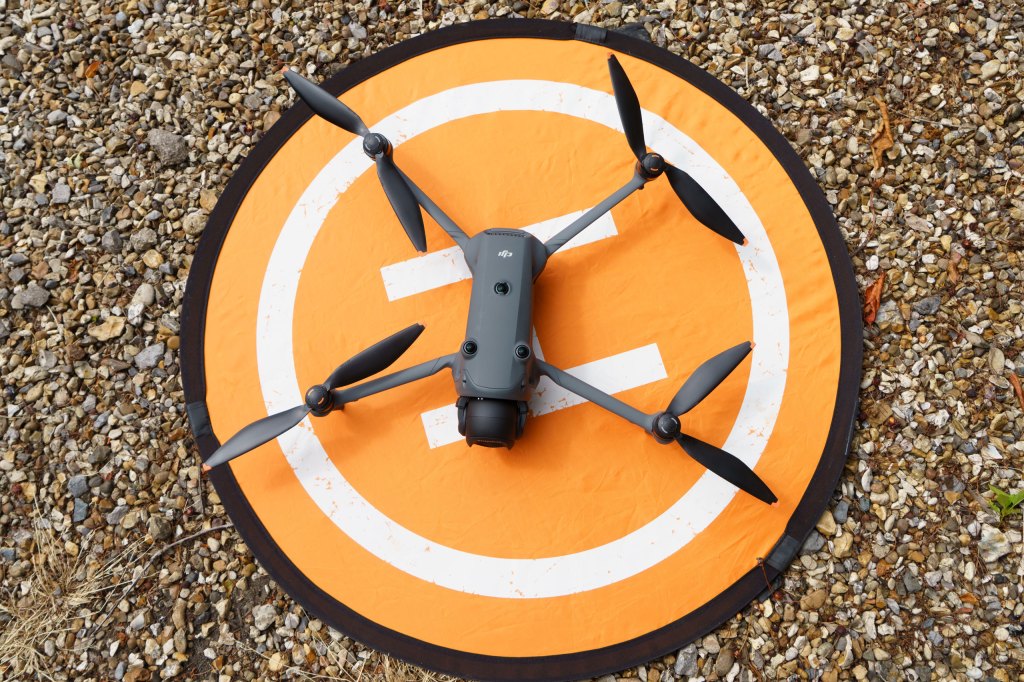
Like the Mavic 3 Pro, the main camera in the Mavic 4 Pro’s triple-camera array features a Four Thirds-type sensor. However, its default resolution is 25MP (up from 20MP) and thanks to DJI/Hasselblad’s Quad Bayer technology, this can be transformed into 100MP images. The same technology is used in the other two cameras. Consequently, the medium telephoto camera, which has a 1/1.3-inch CMOS sensor and a 70mm equivalent focal length, outputs 12 or 48MP images. Meanwhile, the 168mm telephoto camera uses a 1/1.5-inch sensor to deliver 12.5MP or 50MP stills.
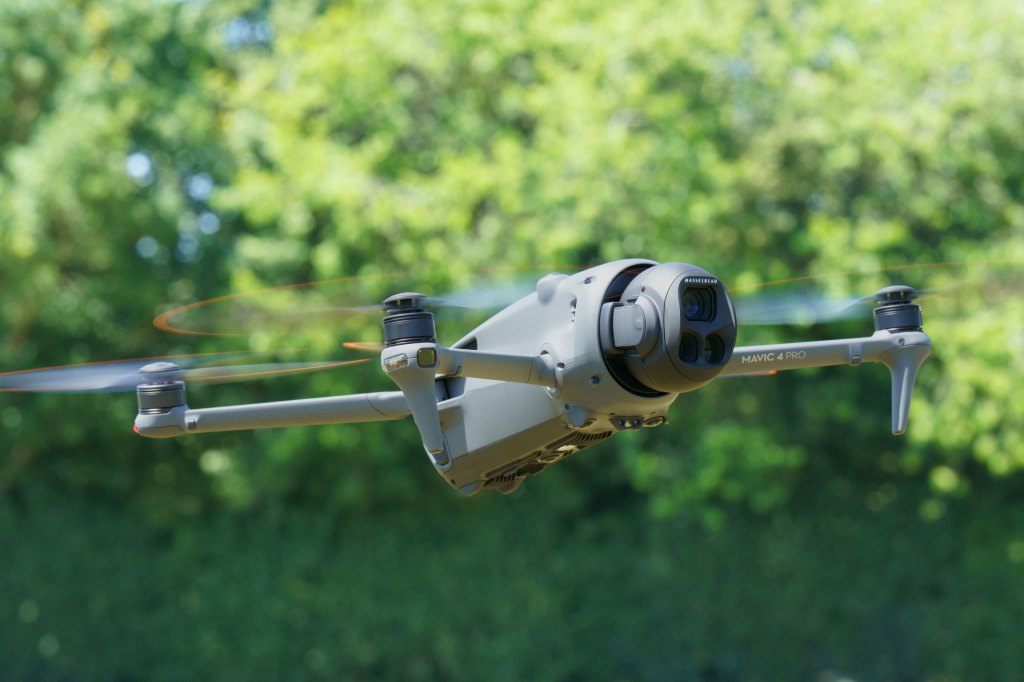
The main camera has a 28mm equivalent focal length – 4mm longer than that of the Mavic 3 Pro – but in flight, it’s hardly noticeable; you just need to back off slightly to maintain your usual framing. It’s the intended go-to lens on this drone, though the 70mm and 168mm lenses are very handy for tighter framing and capturing distant detail.
The variable aperture on the main lens (f/2.0 to f/11) gives greater creative flexibility than is available with the other cameras, allowing for control over depth-of-field and starburst effects when shooting into the sun or bright lights. However, as with the other two cameras, at the closest focusing distance (2m), you’ll need to be precise with your focusing when using the widest aperture setting. The two telephoto cameras have fixed f/2.8 apertures and can focus as close as 3m.
The video features are impressive. The headline figure is 6K video recording at up to 120fps with the main camera, while the 70mm and 168mm cameras can record 4K at up to 120fps and 100fps, respectively. All three support 10-bit D-Log, D-Log M and HLG, making colour grading easy and ensuring the footage from each camera matches the others.
Key features
- 360° Gimbal: The camera system is fitted onto a rotating, stabilising mount for creative angles
- Triple Camera System: Three cameras are included with equivalent focal lengths of 28mm, 70mm and 168mm
- Flight Time: You should get up to 51 minutes of flying per battery charge
- Storage: There’s 64GB or 512GB of onboard memory plus a microSD card slot
- Smart Safety: Low-light obstacle detection and intelligent return-to-home functions are included
DJI Mavic 4 Pro – Creative Control
In a significant leap from its predecessor, the Mavic 4 Pro features an ‘Infinity Gimbal’ capable of full 360° rotation. This enables you to capture dynamic videos and true portrait orientation stills or video with any of the cameras. The rotating looks particularly cool in videos when you’re flying through some form of archway or towards a dramatic viewpoint. Unusually, the gimbal can tilt 70° upwards as well as 90° downwards, giving the ability to look up at the sky or straight down to the ground.
Each of the three cameras supports a collection of stills photography modes. Auto Exposure Bracketing (AEB) is available at all resolutions with up to seven-frame shooting at 0.7EV intervals – that’s especially useful around sunrise and sunset. You can also shoot in timed intervals from 1 to 60 seconds, which is handy for documenting changing light or capturing action sequences.

In addition, DJI’s Free Panorama mode stitches wide landscape images in-camera. Meanwhile, ActiveTrack 360° keeps your subject in-frame and focused, even through complex movements, and both MasterShots and QuickShots make it easy to shoot cinematic footage as the drone executes preset flight patterns.
DJI Mavic 4 Pro – More Flying, More Fun
The Mavic 4 Pro is stable, fast and extremely easy to fly. With improved aerodynamics and a 95Wh battery, in ideal conditions its flight times should stretch up to 51 minutes. That’s a remarkable duration, though in real-world use, I’ve only managed 39 minutes in a light breeze – still more than respectable. Pushing to that limit involves ignoring the drone’s low-battery warnings, which typically leave you four or five extra minutes before auto-return to home really kicks in. Thankfully, the Return to Home feature is exceptionally reliable and will even guide the drone back using visual landmarks when GPS is unavailable.
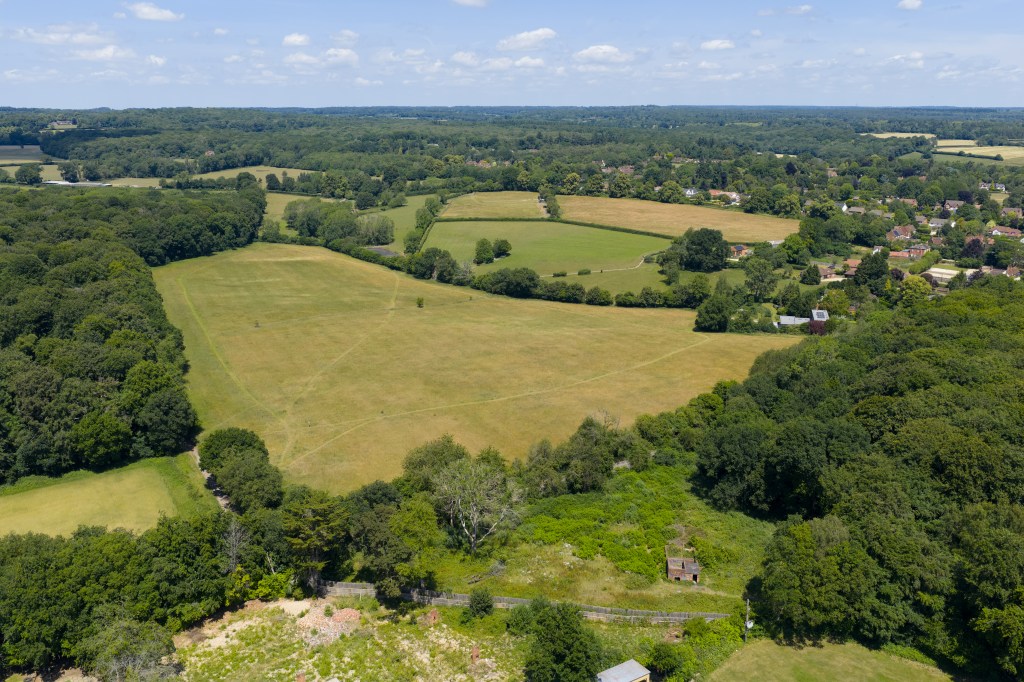
Naturally, the last thing you want to do with a drone that costs excess of £1,800 (with a controller), is crash it into a tree, and fortunately, the Mavic 4 Pro’s omnidirectional obstacle detection is excellent. Six fisheye sensors, dual processors and AI-assisted visual positioning help it navigate confidently through tight or GPS-poor environments. You can turn it off if you need, or it can be set to fly around any objects it encounters or just stop. It proved capable of detecting spindly twigs and branches in my testing.
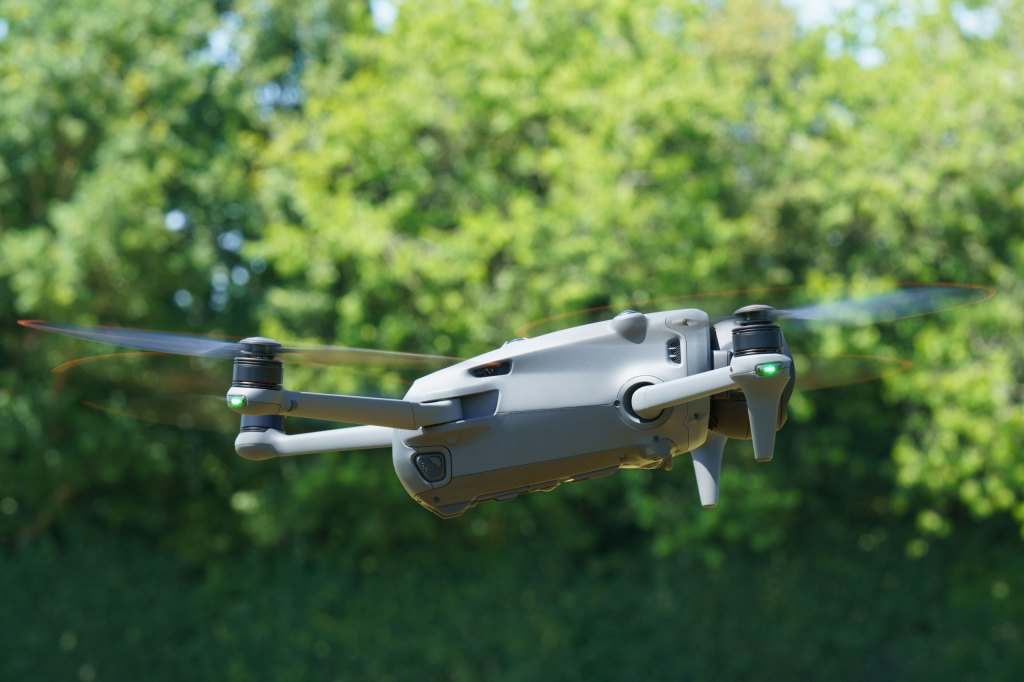
Whether you’re shooting video or stills, the Mavic 4 Pro impresses. Its 25MP images are strong and the 100MP files offer excellent results that look sharper and more detailed than images upscaled in Photoshop. Chromatic aberration and flare are both remarkably well controlled, even when shooting high-contrast scenes and with light passing across the front elements.
DJI Mavic 4 Pro – Controllers
One frustration for owners of other DJI drones is that DJI doesn’t sell the Mavic 4 Pro as a standalone drone – you have to buy it with a controller. The standard kit comes with the DJI RC 2, a capable unit with a built-in screen. Alternatively, the Creator Combo includes the DJI RC Pro 2 and costs £3,209 – that’s £1,330 more than the standard kit and £750 more than the Fly More Combo, both of which include the RC 2.
The RC Pro 2 controller is significantly larger and heavier than the RC 2 (750g versus 420g), but it’s also much more capable, with a 7-inch tiltable, rotatable screen and a peak brightness of 7000 nits. Helpfully, the controller powers on when you tilt out the screen, and the control sticks automatically pop into position. It also has a neat trick up its sleeve, if you rotate the screen, the drone’s gimbal rotates to match – you can rotate it back using the controls if you want.
DJI Mavic 4 Pro – Which Kit?
The Mavic 4 Pro is available in three kits. The standard $2699 / £1780 version includes 64GB onboard storage and the DJI RC 2 controller. Spend $3549 / £2,459 and the Fly More Combo adds a bag, spare propellers, two extra batteries, a three-battery parallel charging hub and a 100W charger. At $4649 / £3,209, the Creator Combo is the most expensive option, but it brings 512GB of onboard storage, the RC Pro 2 controller, the parallel hub and a 240W power adapter for faster charging. While I’d struggle to justify the additional expense of the Creator Combo and would likely opt for the Fly More Combo, I love the new controller and fast charging with the pricier package. Disappointingly, none of the kits include any ND filters.
DJI Mavic 4 Pro – Verdict
The DJI Mavic 4 Pro is a major upgrade on what’s gone before in the Mavic range. It’s extremely capable and has plenty to offer enthusiast and professional drone pilots wishing to avoid the weight, cost and additional complication of the Matrice series drones. The new 100MP Hasselblad camera and full-rotation Infinity Gimbal open the door to novel shots, while its video credentials, safety and intelligent features make it easy to fly while capturing great footage. If you can afford the Creator Combo, you won’t be disappointed, otherwise, the Fly More Combo is a winner.

Related reading:
- How to edit an engaging FPV drone video
- Capture your best aerial photos and videos with a drone
- DJI Mini 4 Pro: new lightweight drone released

